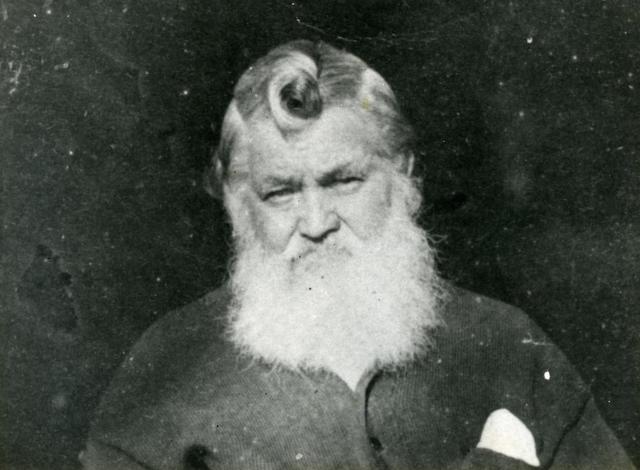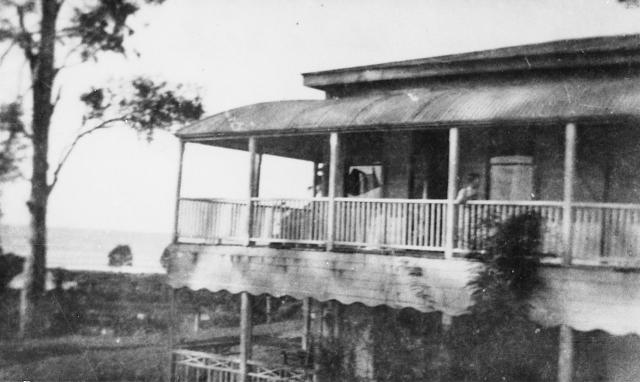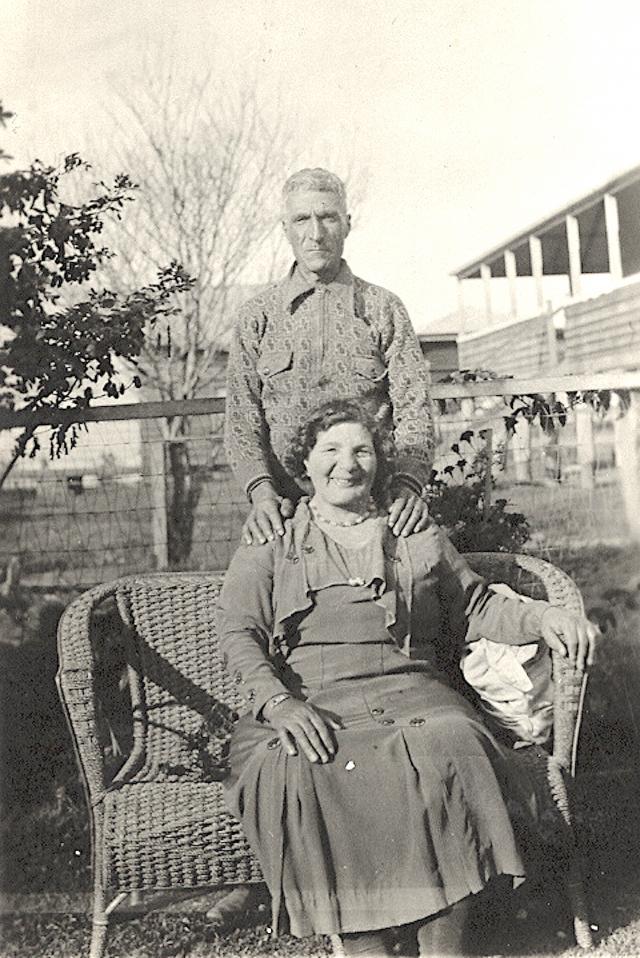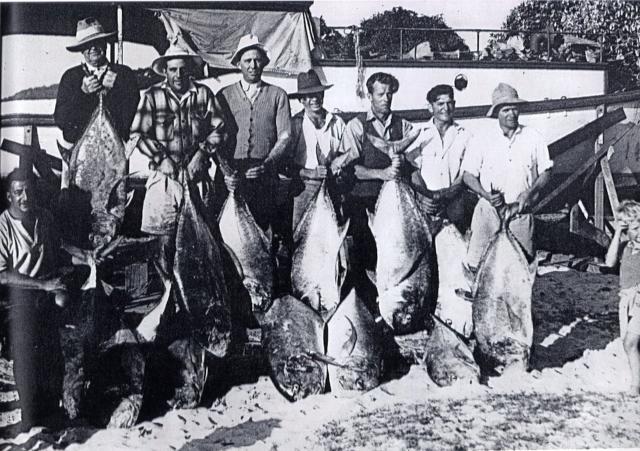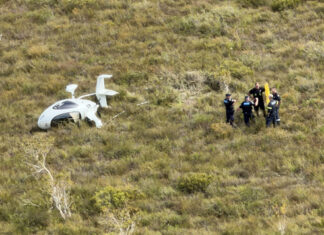OK, it’s a commercially-based hoax for which we don’t even get a public holiday, but now that I’m the patriarch of a multi-generational and growing brood, I have to admit I’ve warmed a bit towards Father’s Day.
In fact, this weekend I’ll be celebrating it twice, breaking bread with different sections of the family over consecutive nights in two of my favourite places in Queensland.
But, I hasten to add, there’ll be no matching tie and hankie sets, no bottles of cheap cologne, not even a block of surfboard wax or a scratchie. No, as a family we haven’t gone over to the dark side of consumerism.
I do, however, think it’s appropriate at this time to celebrate the achievements of a couple of our shire’s greatest dads, and what better place to start than with the Father of Noosa himself, Walter Aberdeen Hay, whose achievements as a pioneer settler, businessman, bushman and civic father are well known, but whose prodigious efforts at real fathering, probably less so.
Born in Aberdeen, Scotland in 1833, Walter arrived with his parents and baby brother Robert as free settlers at Port Jackson in the colony of New South Wales in 1838, and after a tough childhood in poverty in and around Sydney, fetched up at Maryborough as a teenager in 1850, where he worked as a stockman.
One of his bosses during this time was a wealthy squatter named John Eaton, who had a property called Teebar, which was where Walter met the squatter’s daughter, Mary Ann, in 1855. They were married the following year at Teebar and within months their first child, a daughter, Mary Ann Australia, was born and died six days later.
Over the coming years Mary Ann senior was to be mostly at home, pregnant, while Walter moved from one business venture to the next, often with the financial help of his father-in-law.
By late 1867, the large Hay brood was back in Maryborough, where Walter bought the Prince’s Ferry business. With the discovery of gold at Gympie that year, the Prince’s Ferry became a thriving concern, and Walter was soon a gold rush success story, but Mary Ann had little time to enjoy their prosperity.
In June 1870, she died aged 35, following the birth of twins who were successfully delivered, becoming the Hays’ ninth and 10th children, although a son had joined Mary Ann Australia in dying in infancy.
Mary Ann was surrounded by family at her father’s property, but Hay was out bush, building the Gympie to Noosa coach road, and beyond contact, unable to be at the deathbed, or at the large funeral a few days later.
By all accounts Hay was a doting father to his living children, but he left them in the care of family while he re-established a life in Noosa, where he already had property at Cootharaba and in the new village of Tewantin.
By 1877, reunited with his children at his property Hilton Park on the Noosa River, he married Susannah Jane Bull and decided it was time to get back in the saddle, as it were. Percy, Elsie and Ernest arrived in quick succession, bringing Hay’s progeny to 13, 11 of them living.
Although none of his offspring and descendants were to enjoy the fame of the father of Noosa, many were faithful servants of this community and the dynasty lives on today.
Nahum Ted Massoud
In 1914, just before the outbreak of World War I, Nahum Ted Massoud, a Lebanese immigrant and father of four who had only been in town for a few years, shocked Tewantin by paying cash for the Riverlight, one of the best working boats on the river.
It wouldn’t be the last time that Massoud or one of his large clan would shock Noosa with the audacity of their plans, nor their penchant for hard work, but if the locals had known a little of Ted Massoud’s story, they would not have been surprised at all.
At the turn of the century, in the Lebanese town of Raas-Baalbek, young Nahum fell in love with a girl called Etore, whose parents advised her to flee the hardships and violence of the Ottoman Empire and make a new life in faraway Australia.
Nahum’s parents agreed and provided a willing uncle to chaperone the young couple on the long sea voyage. Within days of their arrival in Melbourne, they were married in St Patrick’s Cathedral, and soon after sailed for Bundaberg with two quid to tide them over until Nahum could find work in the only trade he knew — hawking.
Since neither of them spoke English at this point, selling door to door and in public squares gave them the chance to pick up words and phrases.
By the time they reached the Gympie goldfields in 1906, they had basic communication skills, had anglicised into Ted and Edith, and had started a family, George arriving in 1901 and William in 1906. On the goldfields, Ted formed a friendship with another miner, Ned Ely, whose father Bill had followed the path of several Gympie miners who had made good, and resettled the family on the banks of the Noosa River.
Ned painted such an appealing picture of this Arcadian river that met the sea in a plentiful fish-ground with a backdrop of rolling green hills, that Ted was soon sold.
Soon after third child Maisie’s birth in 1908, the Massoud family moved to Gympie Terrace, where Ivan was born in 1914 and Philip in 1920. Here, over the years to come, the patriarch and matriarch would become better known to their small community as Jiddy and Sitty — Arabic for grandpa and grandma.
Over the decades to come, the Massoud clan would come to dominate the cottage fishing industry, river transport and hospitality, through Maisie’s Favourite Café, and the name lives on more than a century after Ted and Edith’s arrival.
Happy Father’s Day, Jiddy and Walt, and all of us who followed.

